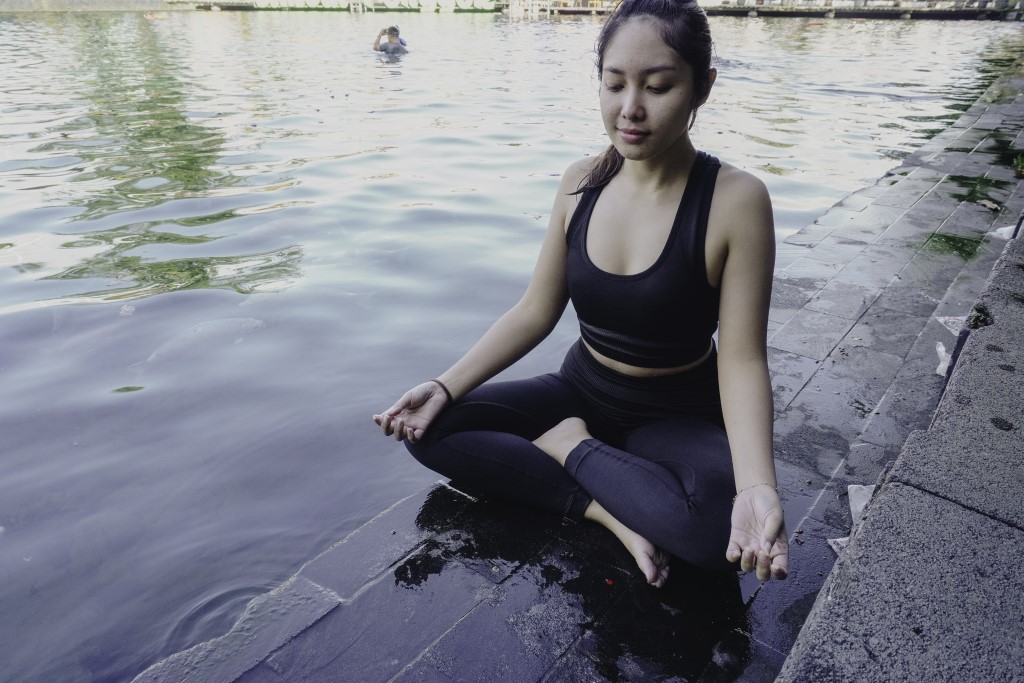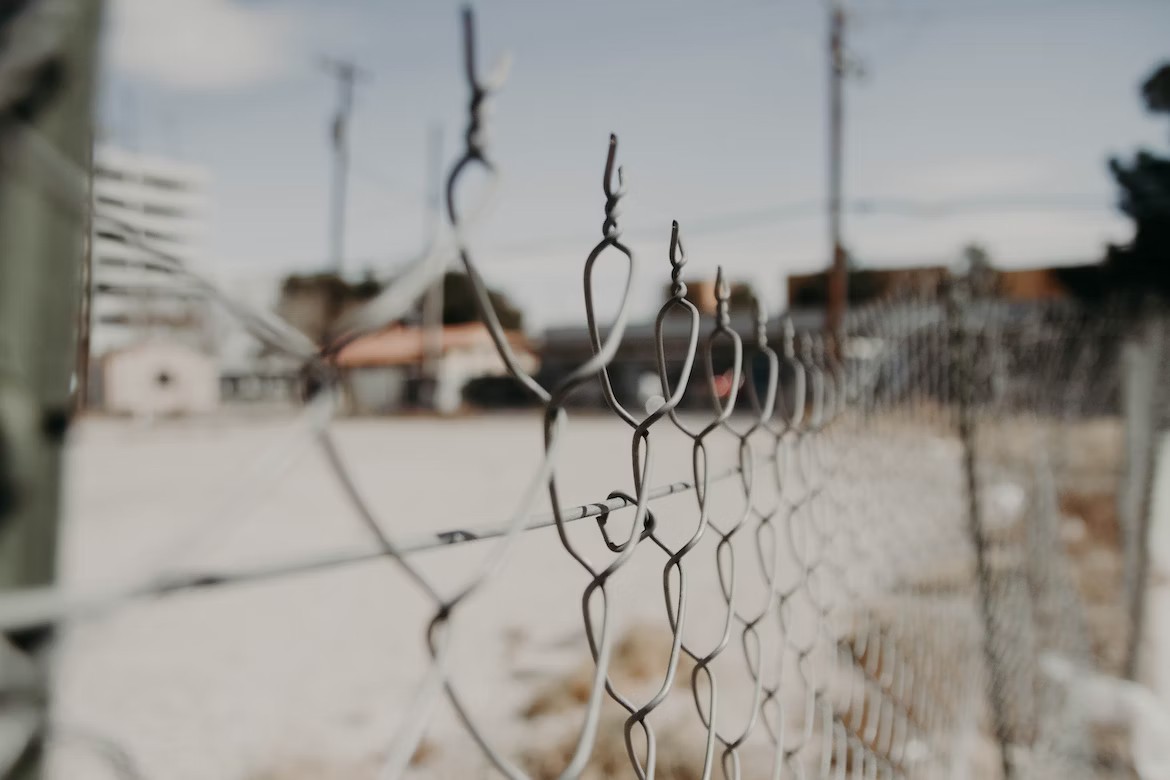The path to overcoming opiate addiction is a winding journey, one that requires self-awareness, persistence, and the right strategies. As you navigate this path, you might find the Eastern philosophy, rooted in mindfulness and understanding the self, provides valuable insights. The essence of overcoming addiction lies in understanding the root cause, treating the entire self, and creating a supportive environment for recovery.
Opiate addiction can often stem from seeking relief, be it from pain, trauma, or other challenges in life. Over time, the body and mind become reliant on these substances to function. However, like the Buddhist concept of dukkha or suffering, the relief provided by opiates is temporary, leading to a vicious cycle of addiction. By recognizing the impermanent nature of this relief, you can begin to search for more holistic ways to address your pain and suffering.
Mindfulness and meditation, key components of Eastern philosophy, offer powerful tools in this journey. By practicing mindfulness, you become more attuned to your body and emotions. This helps in recognizing triggers, managing cravings, and staying grounded during difficult moments. Meditation, on the other hand, promotes a sense of inner peace and clarity, helping you reconnect with your deeper self, beyond the pull of addiction.
Support systems are invaluable. Reach out to friends, family, or support groups. As you open up about your struggles, you might find that others share similar experiences, reinforcing the idea that you’re not alone in this journey. Eastern communities emphasize the importance of interconnectedness and the value of leaning on one another during times of need.
A crucial element to remember is the need for professional help. Traditional methods like therapy, combined with holistic approaches like acupuncture, can help address the physical, emotional, and spiritual aspects of addiction. Tailored treatments in South Africa, such as community-driven rehabilitation centers and outreach programs, provide holistic care, understanding the unique challenges faced by South Africans.
Debunking Common Myths
Now, let’s clear up some misconceptions:
- Myth: Opiate addiction is merely a sign of weak willpower. Truth: Addiction is a complex interplay of genetic, environmental, and psychological factors. It’s not about willpower alone; it’s about brain chemistry, past traumas, and more. Remember, many people don’t choose addiction; they slide into it due to various circumstances.
- Myth: Once an addict, always an addict. Truth: Recovery is possible. With the right support and strategies, individuals can lead fulfilling, drug-free lives. The journey might be long and challenging, but transformation is achievable.
- Myth: Using drugs like methadone or buprenorphine to treat opiate addiction is simply replacing one addiction with another. Truth: These medications are used under medical supervision to reduce cravings and withdrawal symptoms. They’re part of evidence-based treatment plans that focus on a gradual reduction of dependency.
- Myth: Overcoming addiction is a solitary journey. Truth: Community, support groups, and loved ones play a pivotal role in the recovery process. Embracing these support structures can be the difference between relapse and sustained recovery.
When you’re looking to cope with opiate addiction and rebuild your life, it’s essential to explore different approaches. Understanding alternative concepts can empower you to choose what resonates most with your unique journey.
Here’s a comparison of a few strategies beyond the Eastern philosophies touched upon earlier: 
1. Western Medical Model vs. Holistic Approach:
- Western Medical Model: This approach mainly focuses on the physical aspects of addiction. You might be prescribed medications to manage withdrawal symptoms or attend structured therapy sessions to address the psychological side. While this method is evidence-based and can be incredibly effective, it often targets the symptoms rather than the underlying cause.
- Holistic Approach: This strategy considers the whole person – body, mind, and spirit. Instead of just treating the addiction, you’d delve into lifestyle changes, nutrition, alternative therapies like acupuncture, and even spiritual practices. It’s about creating a balance in all areas of your life to nurture overall well-being.
2. 12-Step Programs vs. Cognitive Behavioral Therapy (CBT):
- 12-Step Programs: These are structured group meetings, like Alcoholics Anonymous, where you’d follow a set of principles to overcome addiction. They offer peer support and stress surrendering one’s addiction to a higher power. Engaging in these programs, you’d find solace in shared experiences and the strength of collective recovery.
- Cognitive Behavioral Therapy (CBT): CBT is a type of talk therapy where you’d work with a therapist to identify negative thought patterns and behaviors that contribute to your addiction. This hands-on approach gives you tools and strategies to cope with triggers, manage stress, and prevent relapse. If you’re a person who prefers a structured understanding of your behavior and tangible ways to address it, CBT might be the route for you.
3. Inpatient Rehabilitation vs. Outpatient Programs:
- Inpatient Rehabilitation: This involves staying at a specialized facility for a duration, typically 30, 60, or 90 days, where you’d be immersed in a structured environment focused entirely on recovery. If you feel your environment is a significant factor in your addiction or if you need intense care, this immersive experience can be beneficial.
- Outpatient Programs: These are less intense and allow you to live at home while attending therapy sessions or support groups during the day. If you have strong support at home or can’t step away from work or family commitments, this approach lets you incorporate recovery into your daily life.
Every individual’s journey with addiction is unique. Whether you lean towards the structured guidance of the Western Medical Model, find solace in the community of 12-step programs, or seek balance with holistic methods, remember that your path to recovery is yours to define. Choose what feels right for you, trust in your strength, and know that you’re taking steps towards a brighter future.




